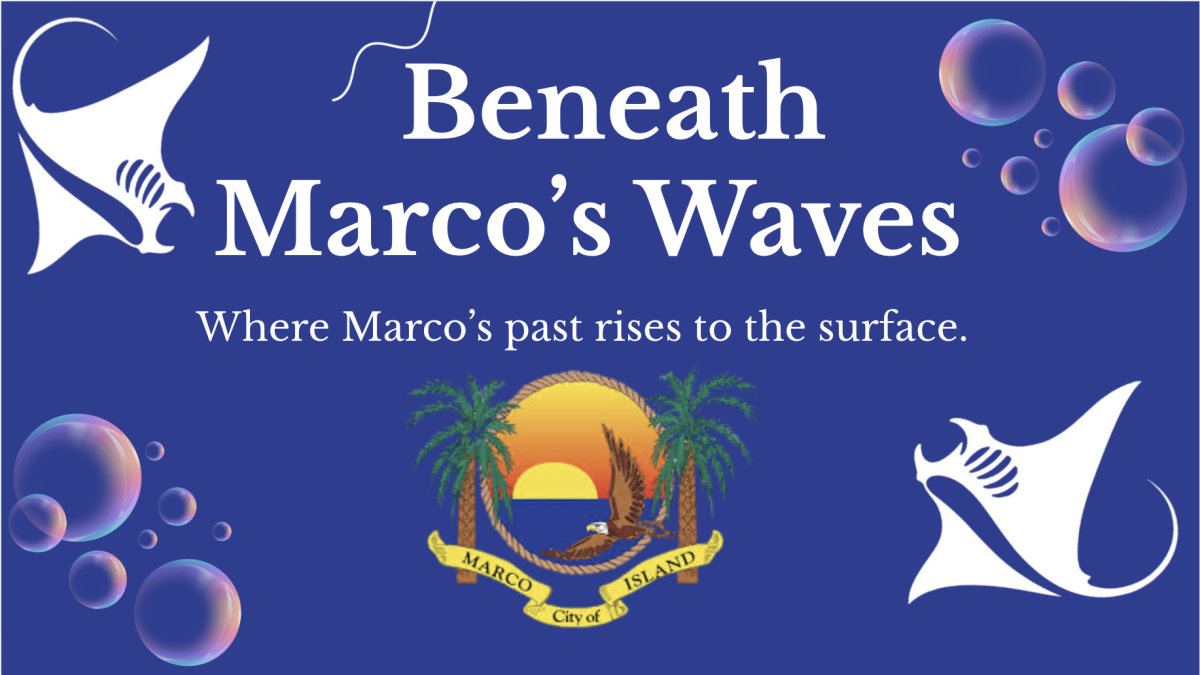Saving Biodiversity Through Science
December 8, 2022
Biotechnology and genetic modification are two ways to help conserve biodiversity. It is very important to further develop these techniques to make them more sustainable and safer. But what is biotechnology and genetic modification? Biotechnology is defined by the Department of Biotechnology and Food Science as “technology that utilizes biological systems, living organisms or parts of this to develop or create different products”. Genetic modification is defined by Live Science as “technology that utilizes biological systems, living organisms or parts of this to develop or create different products”. Together, these can be used to protect biodiversity, or “the variety of life in the world or in a particular habitat or ecosystem” as defined by Oxford Dictionary.

Biotechnology is used to create living organisms out of other living beings. This includes cloning, in-vitro fertilization, biochemistry, and molecular biology. This way, endangered species can get help getting their numbers up. It is starting to be used on a more wide scale basis to prevent extinction. The most recent event was the Cretaceous–Paleogene extinction event, which occurred approximately 66 million years ago. Biotechnology can take old pieces of genetic material and turn them into species again. This is used by grafting this old genetic material with genetic material with the descendants/family members. It can also be used to create materials that would be rare in the natural world. An example of this is the rhino population. Scientists have recreated rhino horns and are flooding the poached horn population with them. This would lower the price of the horns and discourage poachers.
Genetic modification is also proven to help species conservation. It helps create more resilient communities by giving species more resilient genes and can help protect native species from invasive species. An example of this is when NC State’s College of Natural Resources helped increase the resilience of American chestnut trees to an invasive species of fungus. It can also help prevent another large scale species extinction as it can help make species more resilient towards the causes of large scale species extinction. Climate change is a big cause of large scale species extinction (the ending of the last Ice Age for example).
Modification allows species to be better adapted for the coming conditions. It can also help reduce the overexploitation of natural resources. It can help species produce more resources as not as many need to be killed/harvested in cases of legal harvesting. It can make it harder to kill the organism/obtain the resource and can hurt the price of the resource by taking away the feature of value in cases of illegal harvesting, or poaches. Two examples of this are making mahogany less colorful and making egret plumes less voluminous. This is a viable solution as long as it doesn’t hurt the organism in question by taking away important adaptations.
Humans have a long history of using non-renewable resources. We started by burning wood and then moved on to burning coal. The Industrial Revolution brought around engines and the combustion engine was invented. Petroleum and kerosene became safer and started to be used as fuel, causing oil monopolies to grow. Cars became much more popular, making gasoline a necessity. Then, oil in the Middle East was discovered and the oil industry boomed. Getting out of this cycle of non-renewable energy usage can be difficult, but it is feasible. Some solutions to this include raising the price of non-renewable energy, making renewable modes of transportation easily accessible, further developing and researching sustainable resources to make them more affordable and efficient, and making renewable resources accessible to poorer countries.

Both biotechnology and genetic modification can be used to prevent the loss of biodiversity on a global scale. This is done by preserving the genetic variety of species while making them more resistant to threats. This is a good solution, but conservation is better to prevent species from becoming endangered, threatened, or extinct in the first place.







